AMS-02: A New Chapter in Orbit to Probe the Nature of Cosmic Rays
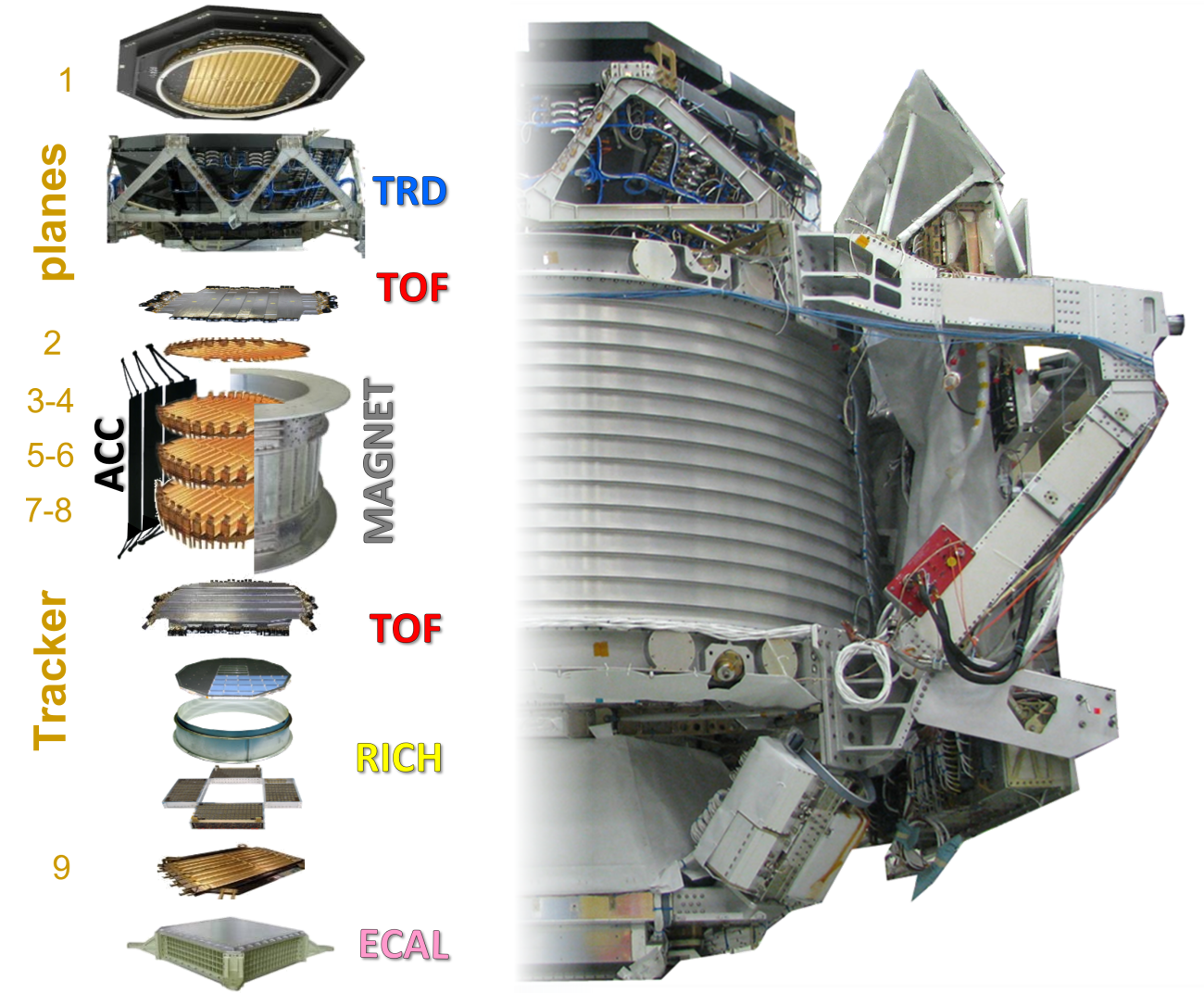
Since its launch aboard the International Space Station (ISS) in May 2011, the Alpha Magnetic Spectrometer (AMS-02) has recorded more than 250 billion cosmic-ray events, offering precision measurements of the composition and energy spectra of protons, nuclei, electrons, and positrons across an unprecedented range. In doing so, it has revealed surprising anomalies in the cosmic-ray positron flux—most notably a sustained excess of high-energy positrons that cannot be fully explained by known astrophysical mechanisms. This signal has opened the door to tantalizing hypotheses, including the possibility of positrons being produced by the annihilation of dark matter particles.
With the ISS expected to be decommissioned by 2030, the AMS collaboration is racing against time to upgrade the detector for a final round of high-impact measurements. A comprehensive programme is now underway to extend AMS-02’s sensitivity and precision. This upgrade—aptly described as the detector’s “second new life” in a recent CERN News feature—was the focus of a recent seminar delivered at CERN by Corrado Gargiulo, AMS chief engineer. The initiative involves the development, integration, and launch of an additional silicon tracker layer, known as Layer-0, and the installation of new radiative surfaces to restore AMS’s thermal balance after 13 years in space.
The Layer-0 tracker is a 350 kg circular module of 2.8 metres in diameter, constructed from thermo-elastically stable carbon composite. It will be mounted on top of AMS and will carry 72 silicon ladders, assembled in eight quadrant sectors. This addition is expected to increase the detector’s acceptance by a factor of three and push the energy reach of the positron flux measurements from the current 1.4 TeV to 2 TeV, while halving the statistical uncertainties. In practice, this could enable the AMS experiment to detect a spectral cutoff that would serve as a critical discriminator between astrophysical sources, such as pulsars, and the annihilation of dark matter particles. As Nobel laureate and AMS principal investigator Samuel Ting has noted, by 2030 AMS should be able to distinguish between these hypotheses with a statistical confidence of 99.93% (see CERN Courier, March 2024) .
The full Layer-0 development chain—spanning component production, mechanical integration, electronic readout, metrology, and qualification—is being executed by a network of international institutions. The silicon sensors are produced by Hamamatsu in Japan and then sent to IHEP Beijing for ladder assembly. These ladders are subsequently integrated into quadrant sectors at Univ-INFN Perugia, where early qualification models have successfully undergone vibrational and thermal vacuum testing. NCSIST and Academia Sinica in Taiwan, togheter with MIT, produced and space qualified all the electronics system.
Final detector assembly, metrology, and test beam operations are conducted at CERN, under Corrado’s leadership.
In a newly constructed EP-DT cleanroom, the quadrant sensors are integrated onto a primary mechanical structure that presents significant technical challenges (Fig.1). This structure must withstand the vibrational and acoustic forces of launch, in the SpaceX Dragon, while ensuring the sensors maintain sub-micron stability once installed on the ISS. To meet these demanding requirements, a uniquely designed, fully carbon-fiber structure has been developed by Corrado’s team, a collaboration between AMS and EP R&D. Following integration, the Layer-0 undergoes precision metrology to scan the sensor positions.
Fig1. Integration of Layer-0 Qualification Model in the CERN clean room with one sector of sensors.
CERN’s EN-MME main workshop and the metrology laboratory utilize one of the largest numerically controlled machines at CERN, equipped with high-precision metrology probes, to scan the 2.8-meter diameter disk of sensors (Fig.2). Final calibration is performed on the CERN beam line, where a new large robotic arm, developed through the EP R&D program, handles the detector, enabling a safe and precise scan of the entire sensor array (Fig.3).
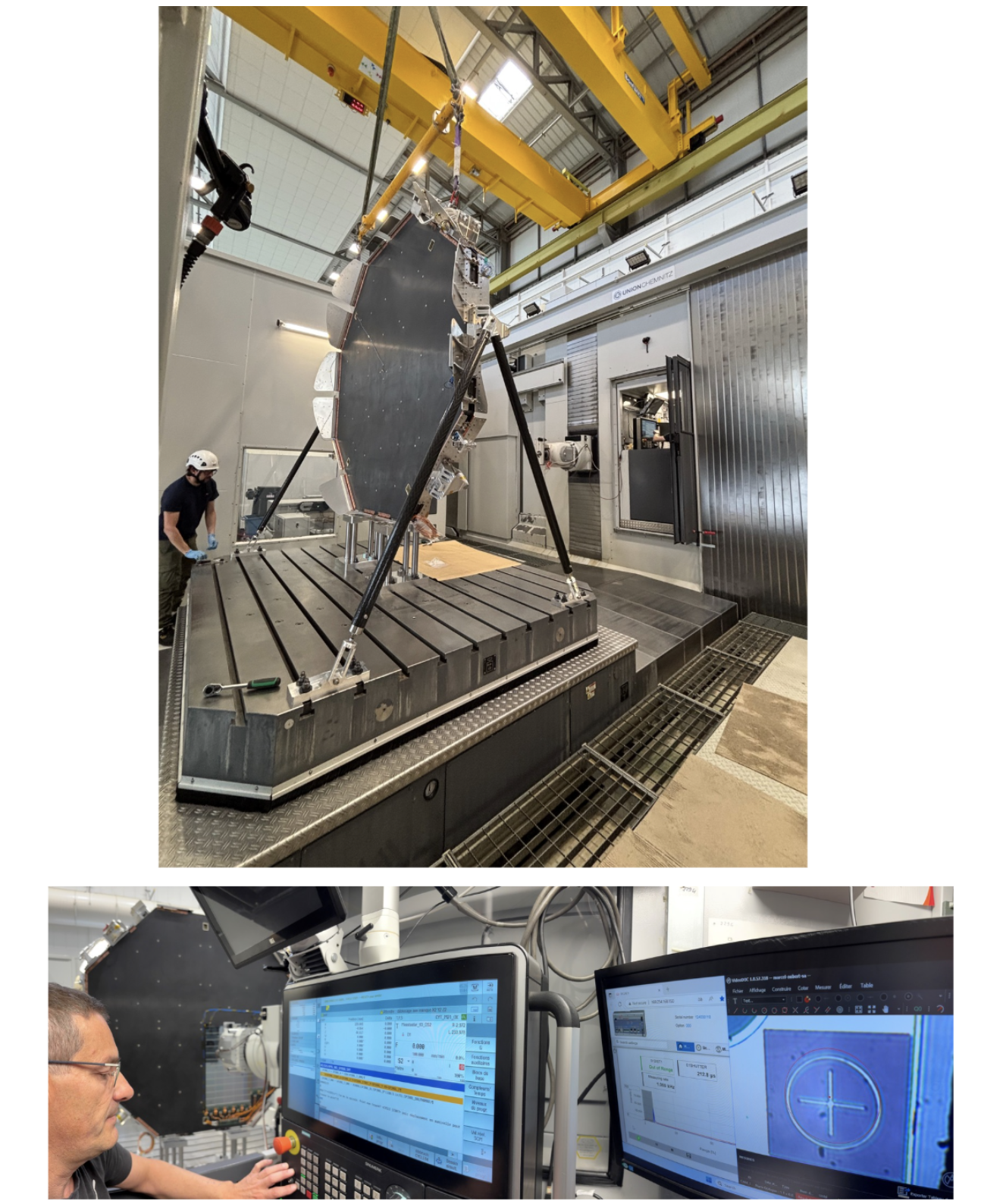
Fig2. Sensors survey at CERN using one of the largest CNC machine equipped with optical probes, procedure test using Layer-0 Qualification Model.
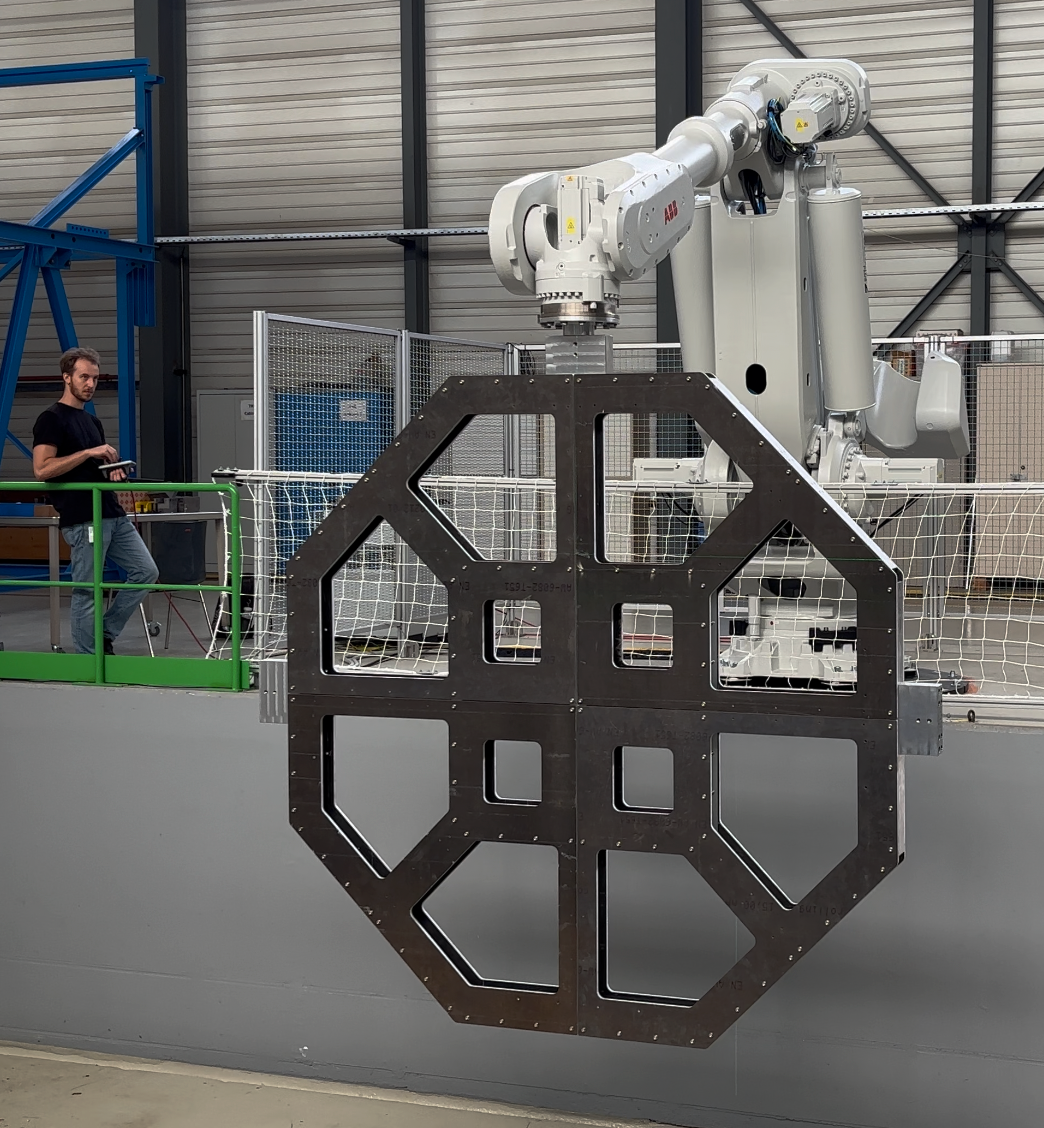
Fig3. Tets beam sensors scan at CERN: procedure verification with the new purchased robotic arm handling Layer-0 simulator.
A full scale qualification model, equipped with a sensors-sector prototype, has already been integrated at CERN and has demonstrated mechanical compliance in dedicated test campaigns at Univ-INFN Perugia and Thales Alenia Space in Rome.
The integration of the final flight hardware is now ongoing in the CERN cleanroom.
Completely independent from the tracker upgrade, AMS is also working on a new radiator to be delivered at the same time as Layer-0, named Power Distribution System (PDS) radiator. This radiator is essential for restoring the thermal performance of AMS, which has suffered due to long-term exposure to solar radiation. Originally painted white to reflect excess heat, the AMS thermal surfaces have degraded over time, risking thermal instability. The PDS radiator, manufactured in Taiwan by AIDC, has been successfully tested and delivered to CERN.
The installation process on AMS is as intricate as the upgrade itself. The new tracker layer and the PDS radiator will be mechanically connected to form one single payload that will be shipped from CERN to NASA’s Kennedy Space Center (Fig.4). There, after a final verification of the NASA interfaces, it will be transferred to SpaceX’s Dragon integration facility, and prepared for launch. Once in orbit, it will be maneuvered into place using the ISS robotic arm, and its final integration will be carried out by astronauts during a series of spacewalks. These extravehicular activities—rehearsed at NASA’s Neutral Buoyancy Laboratory in Houston, the large swimming pool where astronauts are trained—are expected to be among the most complex ever performed, given the tight spatial constraints and precision connections required for AMS-02 (Fig.5).
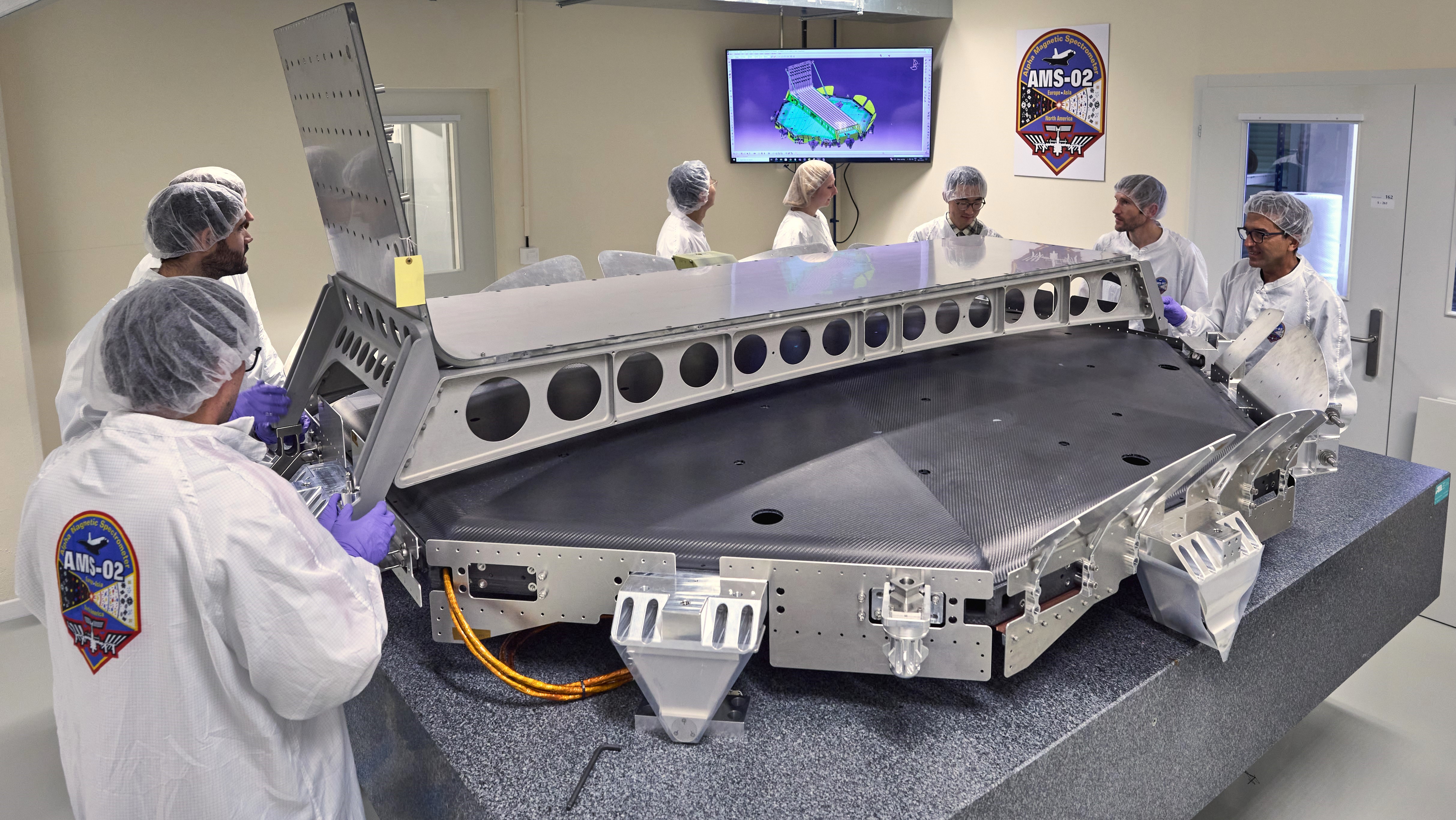
Fig4. Layer-0 with PDS radiator on top to form the integrated payload that will be shipped to the ISS on board of a SpaceX Dragon.
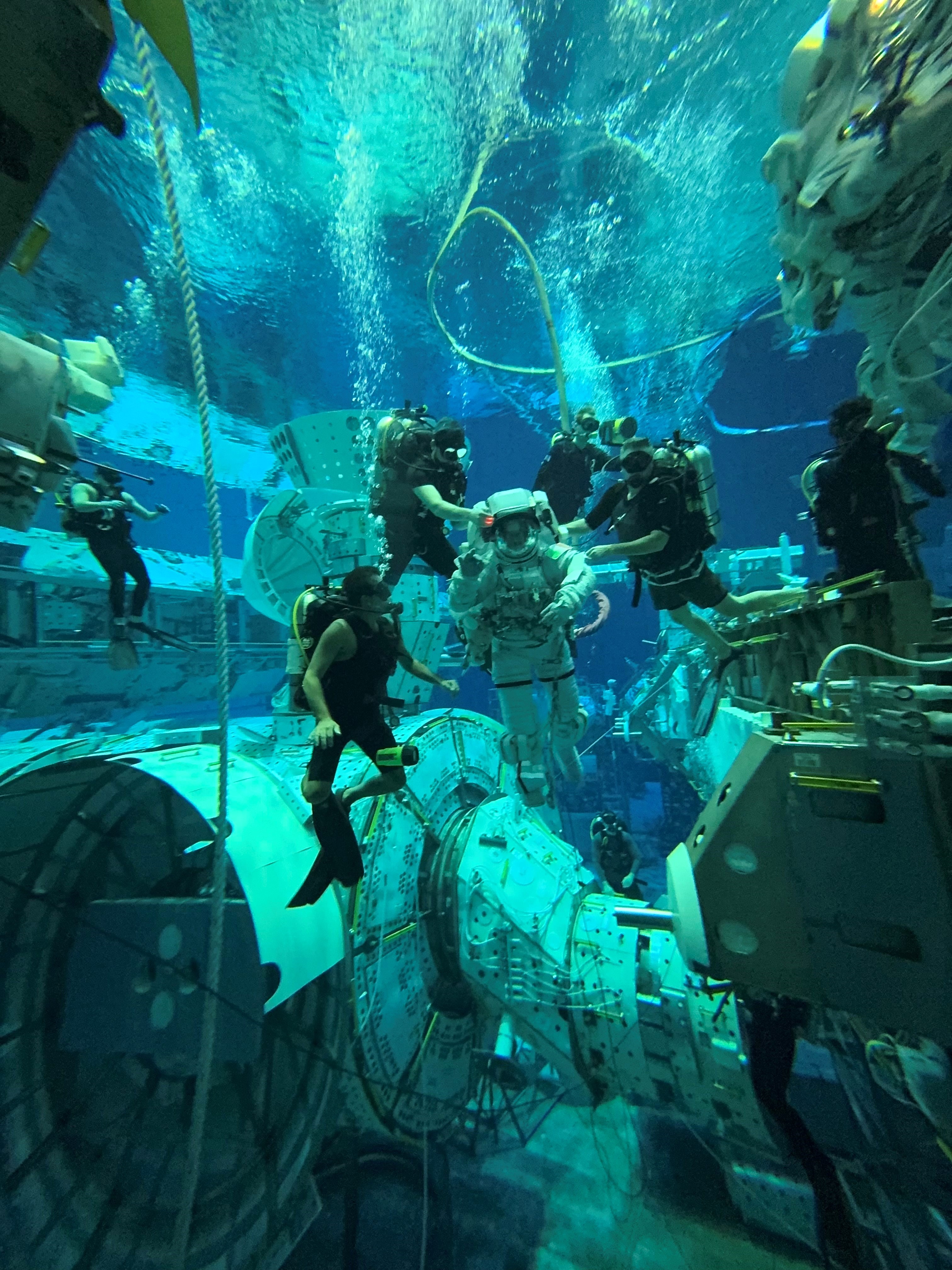
Fig5. Diving in the NBL: Corrado with the astronauts Luca Parmitano during a training session to prepare Layer-0 installation.
The broader context of this upgrade ties deeply into the evolution of AMS itself. Originally designed to stay on the ISS for only three years, AMS-02 was reconfigured after NASA extended the ISS lifetime. This change prompted a redesign of the spectrometer’s internal architecture, which ensured AMS would continue delivering valuable data over more than a decade. Now, with this second major upgrade, the collaboration is aiming to extract the last—and potentially most decisive—results from the mission.
AMS has already transformed our understanding of cosmic-ray spectra. Among its landmark achievements are the high-precision measurements of the proton and helium fluxes up to multi-TeV energies, the characterisation of the antiproton spectrum, and the discovery of the positron fraction’s unexpected rise above 10 GeV. These results have challenged existing models of cosmic-ray propagation and origin, prompting new theoretical developments in both astrophysics and particle physics.
The upcoming upgrade will enable the collaboration to revisit these measurements with enhanced resolution and extended reach. In particular, the improved statistics at high energies will allow for a more rigorous determination of spectral features, which are crucial for differentiating between secondary production mechanisms and signals of new physics. With limited time remaining before the ISS is retired, the AMS team has charted an aggressive and meticulously coordinated plan for fabrication, testing, qualification, and launch.
As Corrado Gargiulo concluded during his seminar, the stakes are high: “This is not just a technical upgrade—it is a requirement. It is our last chance to fully exploit the capabilities of this unique detector before the ISS is deorbited—and to explore more deeply the unknown signals that AMS has revealed so far.”
